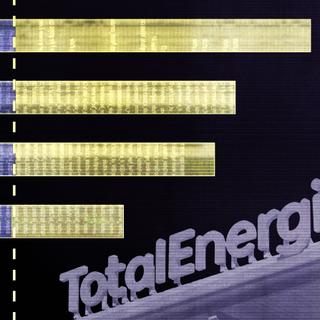


'Carbon bombs': TotalEnergies is the world's second-largest extractor from huge deposits
InvestigationFrom Uganda to Kazakhstan, from the Russian Arctic to Norway and Brazil, the French group is linked to at least 23 giant hydrocarbon extraction sites, as an operator or shareholder
In the intense competition among private enterprises for fossil fuel extraction, the world champion is French. In times gone by, this accolade might have flattered French patriotism. But, in a world where there is increasing urgency to drastically reduce oil, gas and coal production to limit the scale of climate change, the distinction is harder to accept.
The data compiled by the French NGOs Eclaircies and Data For Good as part of the CarbonBombs.org survey, revealed by Le Monde, show that TotalEnergies is linked to at least 23 "carbon bombs" – vast fossil fuel extraction sites identified by scientists as having the greatest potential for greenhouse gas emissions over their lifecycle.
They place the French group second in the world rankings of companies developing carbon bombs, behind the state-owned mining company China Energy and its 41 coal mines.
The 23 oil and gas bombs for which TotalEnergies is an operator or shareholder could release more than 60 billion tonnes of CO2 equivalent (CO2e) into the atmosphere if fully exploited. This represents 12% of humanity's total remaining carbon budget to keep global warming below the 1.5°C threshold, according to the Intergovernmental Panel on Climate Change (IPCC).
In recent months, public attention has largely focused on the oil drilling project led by the group in Tilenga, Uganda. Many environmental organizations fear that this project, coupled with the giant East African Crude Oil Pipeline, poses a threat to local populations, water resources and biodiversity. In an unusual move, the European Parliament has even called on TotalEnergies to reconsider its plans to preserve these "protected and sensitive" areas. In terms of potential CO2 emissions, estimated at 400 million tonnes, Tilenga is nonetheless a dwarf compared with other drilling operations by the French company. As the environmental NGO Greenpeace pointed out in a recent report, this "tree" hides a "forest of climate bombs."
Projects launched after Paris Agreement
One of TotalEnergies' first but much lesser-known carbon bombs lies 5,000 meters beneath the Caspian Sea off the coast of Kazakhstan. The oil accumulated in the offshore Kashagan field, in which TotalEnergies holds a 17% stake, is likely to release more than 5 billion tonnes of carbon dioxide into the atmosphere once its reserves are used up.
Production from this giant field began in November 2016, just days after the Paris climate agreement came into force, which urged humanity to significantly reduce greenhouse gas emissions into the atmosphere. Like Kashagan, many carbon bombs connected with TotalEnergies were brought into production after this major deadline in the fight against global warming. This includes the underwater oil fields of Libra and Mero off the coast of Brazil and the massive Yamal gas project in the Russian Arctic, both launched in 2017, as well as the Johan Sverdrup oil drilling in Norwegian waters, which started in 2019.
You have 45% of this article left to read. The rest is for subscribers only.
